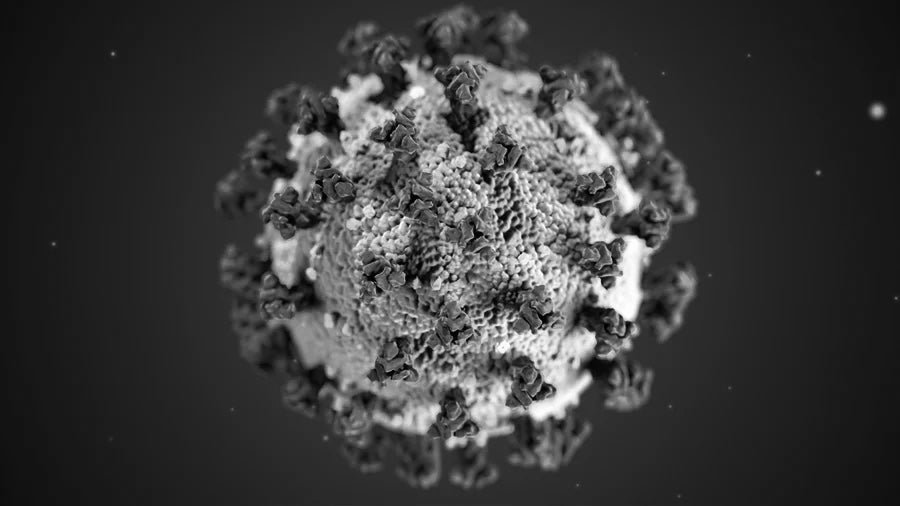
Levels Of Disinfection
Proper Terms When Cleaning
You have probably heard all of the different terms when it comes to cleaning your tools and surfaces, such as: cleaning, disinfecting, sanitizing and sterilizing. It is important to know the difference between each term to ensure you are using them correctly when explaining cleaning procedures to others.
What is Cleaning?
Cleaning is the act of removing all foreign debris, such as dust, dirt, and residue, as well as bio matter such as oils, blood, and secretions. Cleaning is an important, mandatory first step before disinfection or sterilization. If you do not first clean a surface, your disinfection and sterilization procedures will be rendered ineffective. Cleaning physically removes some pathogens but it does not kill anything.
Some examples of cleaning are:
- scrubbing something with soap and water
- using an ultrasonic cleaner
What is Disinfection?
Disinfection is the act of killing germs using a chemical process on objects or surfaces. There are three levels of disinfection:low level, intermediate level, and high level. The level of disinfection you need to practice is dependant on what the tools are used for.
Low Level Disinfection
Low level disinfection is classified as "non-critical". This is any instrument/equipment that does not directly touch the client, or contacts only intact skin. Some examples are: doorknobs, treatment tables, trolly surfaces, sink handles, lights, stools, and tools for dispensing lashes or tape.
Some examples of brand name low level disinfectants are:
- Barbicide
- Marvicide
- Lysol
- Virox 5
- 5.25-6.15% bleach solution diluted at 1:500
Low level disinfectants kill:
- most vegetative bacteria
- some fungi
- some lipid viruses
- some non-lipid viruses
- no effect of micro bacterium tuberculosis or spores
Intermediate Level Disinfection
Intermediate level disinfection is also classified as "non-critical". This is any instrument/equipment intended to contact intact skin, but may accidentally contact non-intact skin or receive blood or bodily fluid spatter. Some examples are: manicure bowls, pedicure basins and lash tiles.
Some examples of brand name intermediate level disinfectants are:
- BioMers
- PreEmpt RTU
- T36
- Cavicide
- TB Minute Man
- Let's Touch
- Barbicide Plus (TB)
- 70% Isopropyl Alchohol
- 5.25-6.15% bleach solution diluted at 1:50
Intermediate level disinfectants kill:
- vegetative bacteria
- mycobacterium
- most fungi
- most lipid viruses
- most non-lipid viruses
- no effect on spores
High Level Disinfection
High level disinfection is classified and "semi-critical". This means any instrument/equipment intended to contact non intact skin or a mucous membrane, but not penetrate it. Some examples are: hair removal tweezers, cuticle nippers, eye protection, lash lift shields, lash tweezers, and lash lift tools.
some brand name examples of high level disinfectants are:
- PreEmpt HLD5
- PreEmpt CS20
- Rejuvenate Prevention HDL8
- Sporox
- Cidex OPA
- 5.25-6.15% bleach solution diluted at 1:10
High level disinfectants kill:
- vegetative bacteria
- mycobacterium
- fungi
- lipid viruses
- non lipid viruses
- some spores
What is Sterilization?
Sterilization is the act of completely killing all microbial life. Sterilization is not usually needed in a lash studio, unless preforming other services that puncture the skin. Sterilization is classified as "critical". This means any instrument/equipment intended to puncture the skin, or contact the untrue site or a sterile instrument before puncturing. Some examples are: electrolysis needles, permanent makeup needles, scalpels and piercing needles.
There are three main types of sterilization machines that are accessible to lash artists:
- steam sterilization (autoclave)
- dry heat sterilization
- cold sterilization
PreEmpt CS20 is technically considered a type of sterilization, however after use, does not maintain sterility. You can say "I sterilize my tools between clients!" but you cannot "i use sterile tools on my clients!". Always be clear on your verbiage when explaining your procedures so that you are not misrepresenting yourself.


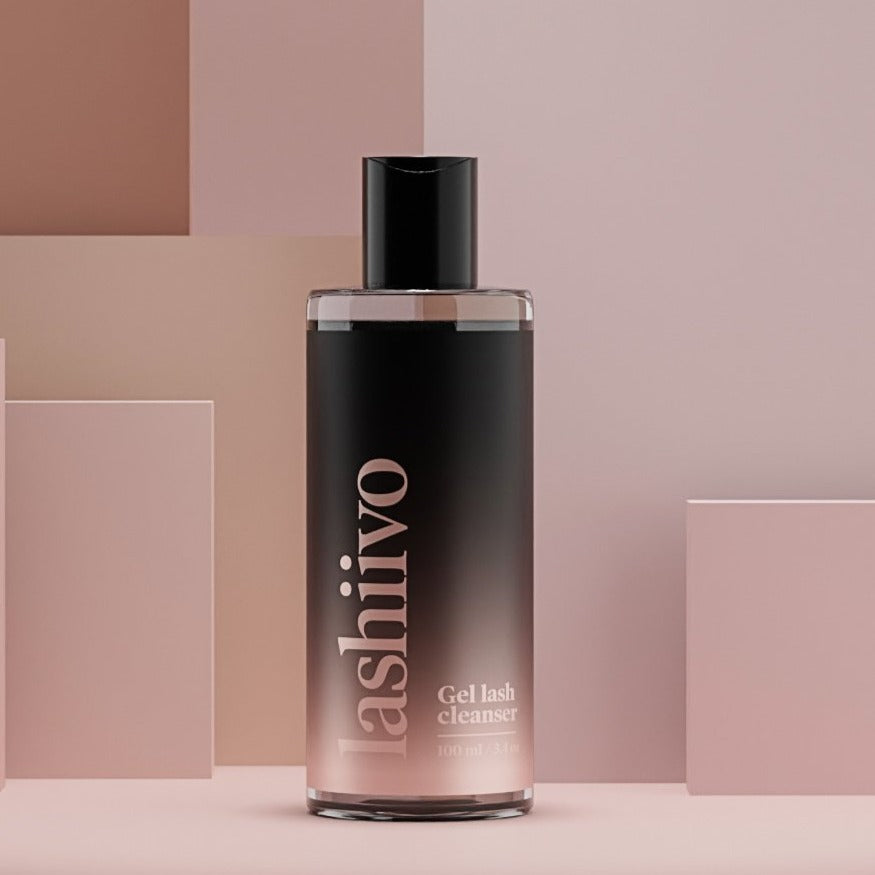
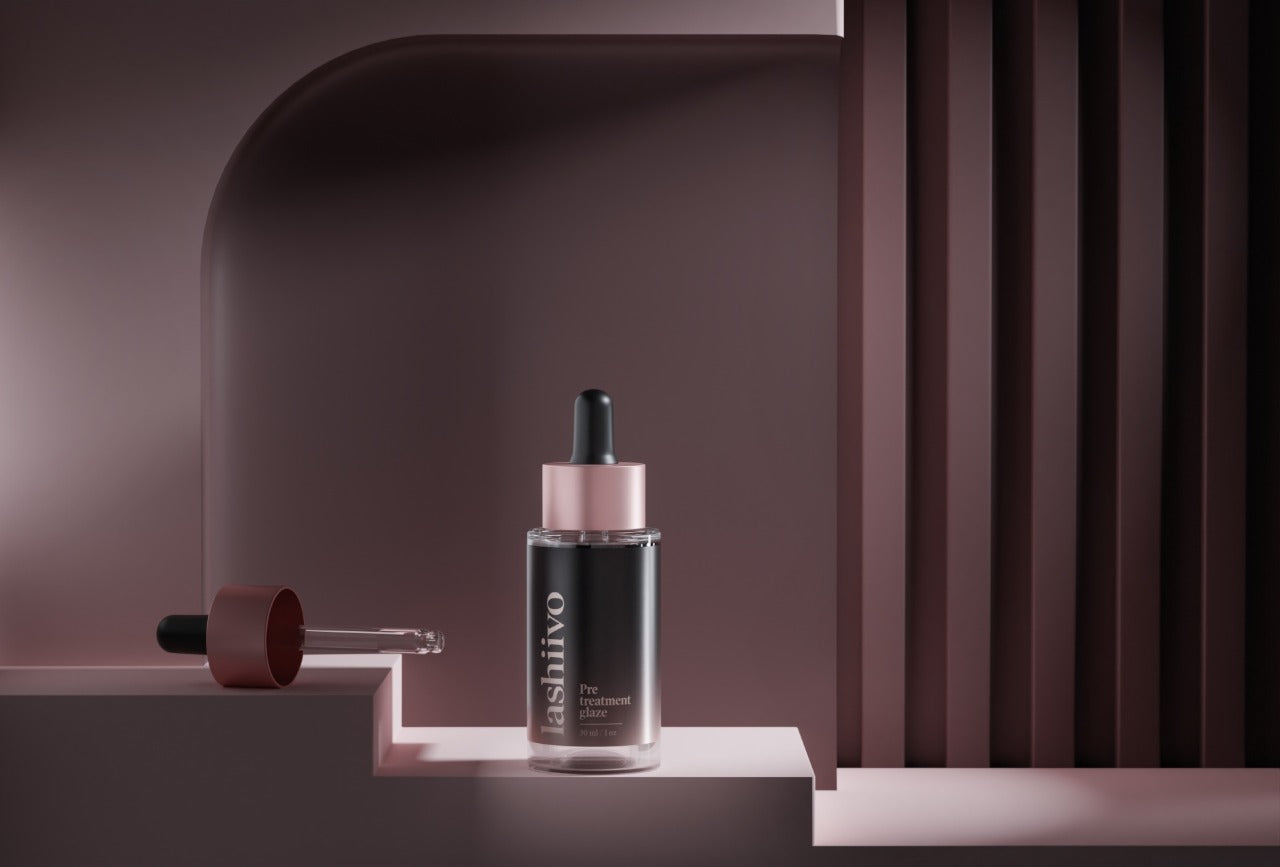


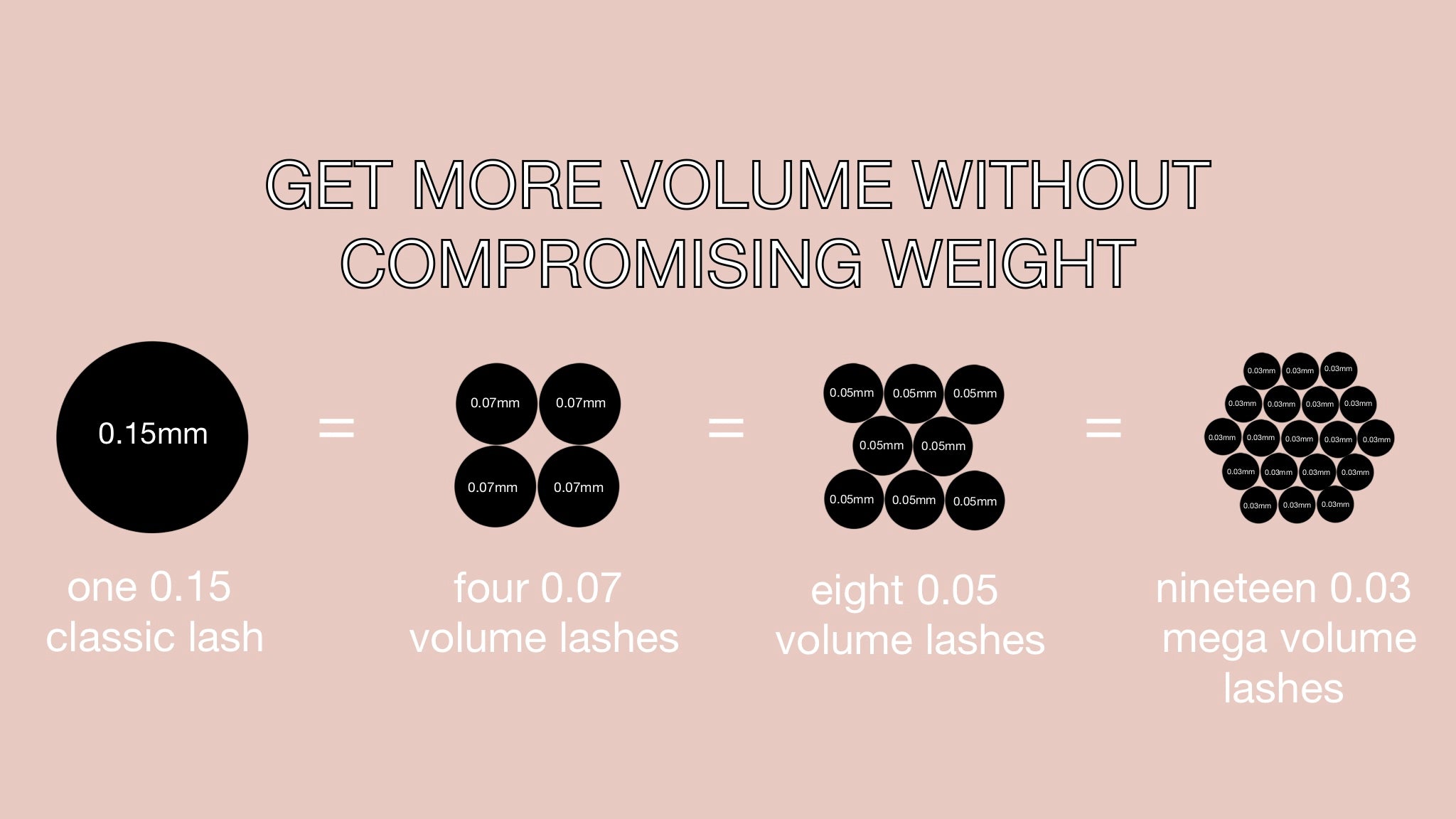
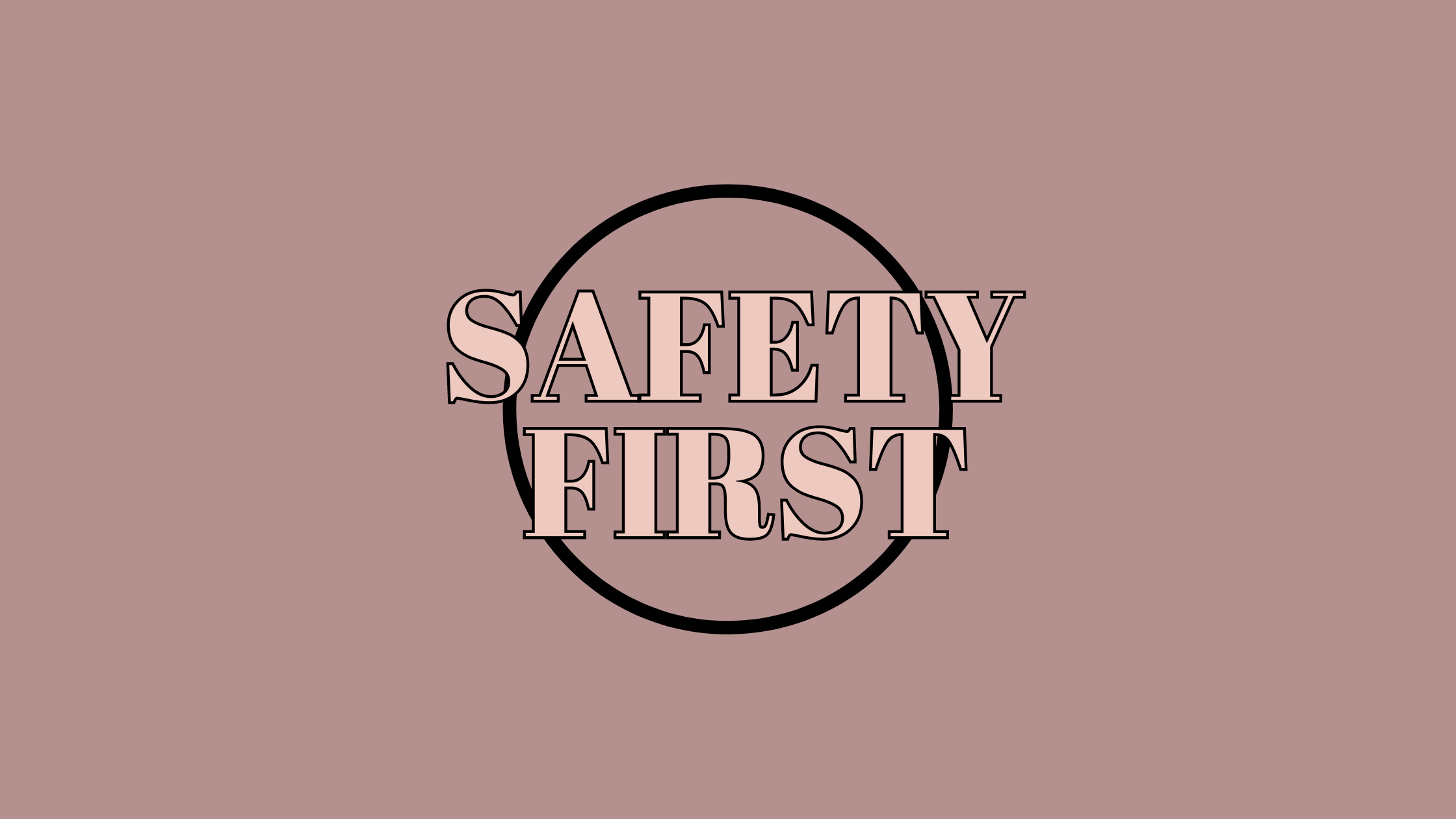
Leave a comment
This site is protected by hCaptcha and the hCaptcha Privacy Policy and Terms of Service apply.